How Fighting Climate Change Can Increase Profits
Carbon Lighthouse CEO Brenden Millstein shares insights on efficient operations and what will power the energy sector in the years to come.
Price drops in the technology sector have made energy efficiency and sustainability more attainable, so building owners and investors have become more conscious when it comes to their assets’ carbon emissions.
Clean energy services startup Carbon Lighthouse introduced a technology that crunches real building data—feeding on a network of sensors deployed inside the structure—with statistical and financial models. The company’s Unified Engineering System (CLUES) enables up to 30 percent energy savings by optimizing existing equipment in a property. Co-Founder & CEO Brenden Millstein shared with Commercial Property Executive some of his views on energy efficiency and sustainability as well as his predictions for the energy sector in the following years.
How were things in the energy industry a decade ago compared to now?
Millstein: By far the biggest changes are advancements in technology and wider adoption, both of which have resulted from substantial declines in costs. For example, there’s been a dramatic drop in the cost of solar photovoltaic modules, which has fallen by 99 percent over the last four decades and 80 percent over the past decade alone. Wind and other renewables have seen similar declines and these shifts are important because they reinforce the idea that sustainability and efficiency are profitable activities, not just nice to have achievements.
Buildings account for 40 percent of carbon emissions—more than any other sector in the U.S. Over the last decade, what we’ve seen are asset owners and investors in commercial real estate take carbon emissions and their negative effect on the climate more seriously.
Tell us about some of the projects you’ve been involved in. Which are the biggest challenges you had to overcome and how did you do it?
Millstein: The biggest barrier we work hard to overcome is the ever-present risk our clients face every day. To tackle climate change we need asset owners and investors to work with us. Most of the efficiency industry offers contract deliverables like reports, equipment or maintenance. These might be sold based on energy savings, but the contract deliverable isn’t savings, it’s reports or equipment or maintenance. Call us cynical capitalists, but companies deliver what’s in their contract, not what the sales representative arbitrarily promises.
We charge a fixed monthly fee in exchange for a guaranteed dollar amount of energy savings that offers a highly competitive return on investment—10 to 30 percent yield on cost. If the yield is less than expected, we write a check to cover the difference and that check is backstopped by MunichRE, a $50 billion insurance juggernaut. In short, our contract deliverable is money.
An interesting project where we’ve applied this approach was at one of Tesla’s mixed-use offices in California. Tesla’s on-site team had brought in utility and engineering consulting firms to reduce energy use and worked regularly with equipment manufacturers like Trane for ongoing maintenance support. Given these relationships, Tesla’s team expected us to glean a few additional savings. But by tracking thermodynamic, electrical, physical and behavioral data of the asset and analyzing it with CLUES, we were able to deliver an additional $1.7 million in savings. We reduced carbon emissions at the facility by 1,060 tons, helping Tesla achieve its sustainability goals.
According to info from your website, eliminating energy waste from a building that’s about to be equipped with solar installation, reduces the number of panels needed by 40 percent. Tell us more about this.
Millstein: Once upon a time, the solar energy business was all about selling you as many panels as your roof could handle. We look at the problem rather than leading with the solution. We first consider energy efficiency options such as installing high-efficiency LEDs or ongoing HVAC optimization. Rarely do we find that a rooftop solar-only solution was the most cost-effective option since combining efficiency with solar is usually a more cost-effective way to deliver the same savings.
Is sustainability becoming a must-have feature for investors and property owners? What do you feel sustainability lacks from becoming more centric in investors’ mind?
Millstein: That point of view is already shifting. Institutional investors already have environmental, social and governance requirements for the assets they invest in. Firms like S&P Global are establishing green guidelines to help investors evaluate sustainable investment opportunities and these guidelines are being demanded by the investors themselves.
What is lacking in sustainability from most investors’ minds is that sustainability, and particularly clean energy like efficiency or solar, can be a significant profit center in and of itself. We founded the company with the stated goal of slowing down climate change and to accomplish this mindbogglingly large goal we need to work with everyone. That means demonstrating clean energy can deliver consistent, ongoing financial value.
What are some of the most innovative sustainable features currently available to property owners?
Millstein: When we talk about innovation in the space, what we’re really focused on is innovative ways to make energy efficiency profitable for as many properties as possible. Additionally, we have contract mechanisms that work for any lease type, so we can pay rent directly to landlords. This can be a great way to take money from power plants and split it up between landlords, tenants and ourselves.
There are some interesting moonshot ideas out there, particularly in the carbon capture space, and eventually, this is a technology we’ll likely need. But these solutions won’t be viable until dependable, accessible and profitable solutions become ubiquitous.
What are your thoughts on microgrids and energy storage? What about energy security?
Millstein: Microgrid systems have been used with great success in disaster relief and to reduce the risk of regional power outages. They are not something we typically engage with in our day-to-day work, but it is exciting to witness how the decentralization of energy production and distribution is enabling the adoption of more clean and renewable sources of power. The best way to achieve energy security as a nation is to use less imported fossil fuels, so efficiency and cost-effective renewables are a fast, easy and lucrative way to achieve this.
You’ve set a goal to cut the equivalent of 50 power plants by 2020. Where are you currently at and will you be able to accomplish this mission?
Millstein: Since we were founded, Carbon Lighthouse has gone from two people—my Co-Founder Raphael Rosen and I—to more than 100 employees who have helped us eliminate the emissions equivalent of nearly eight power plants with another nine under contract. If we manage to maintain the pace we’ve been progressing at, by the end of 2020 we’ll be on a rate to eliminate about 50 power plants per year.
How do you see the renewable energy market unfold in the following years?
Millstein: One thing I’m particularly excited about is that the cost reductions in renewables have happened so quickly that they have not been fully internalized by market participants yet. If people are basing decisions off of data and numbers from just two years ago, they’re hopelessly out of date. This is exciting because a lot of the projections for how much renewables will grow over time take a couple of years to produce. By the time they’re released, they’re ridiculously conservative. We’ve seen this time and again the past decades, where clean energy has grown far faster than projects.
Major metropolitan areas like New York and Los Angeles becoming leaders in halting carbon emissions with the private sector and legislative commitments is also exciting. These policies send massive signals to the market that clean energy is a priority and I would expect cities across the U.S. to follow suit.
I expect we’ll continue to see unprecedented market growth in the coming years as these goals and cost reductions solidify into action. Climate change … is not going to happen with software alone and it’s not going to happen with recommendations. It will only happen when it is highly profitable and easy for landlords to act. All the continued cost reductions will simply make it easier and yet more profitable for landlords to cut their emissions while increasing profits. It’s going to be an exciting next few decades.

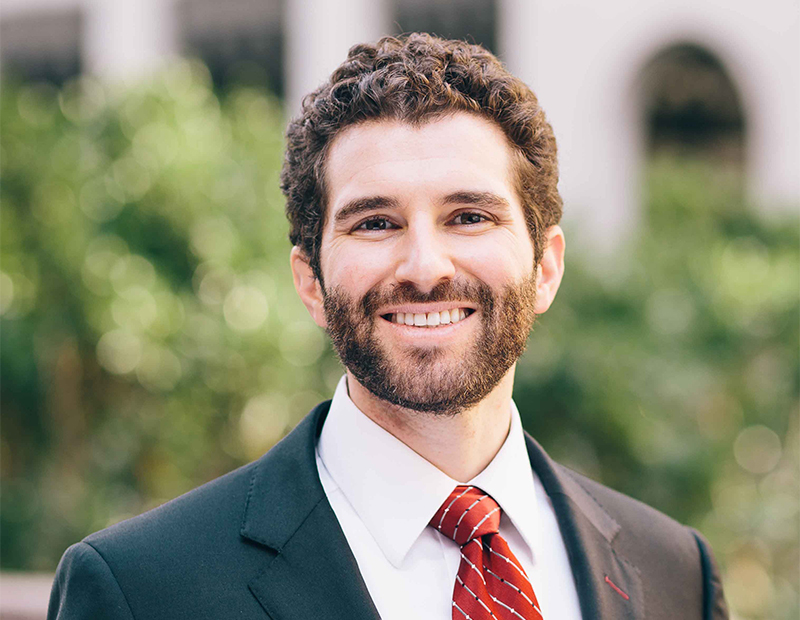


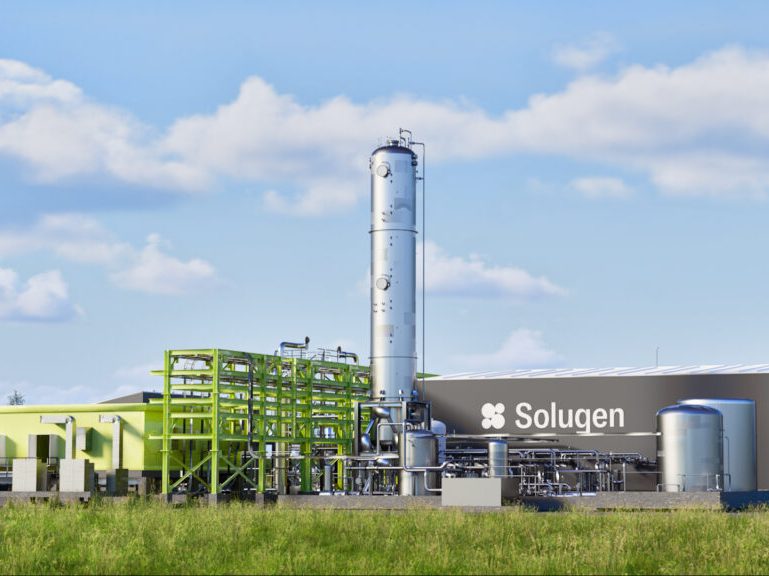

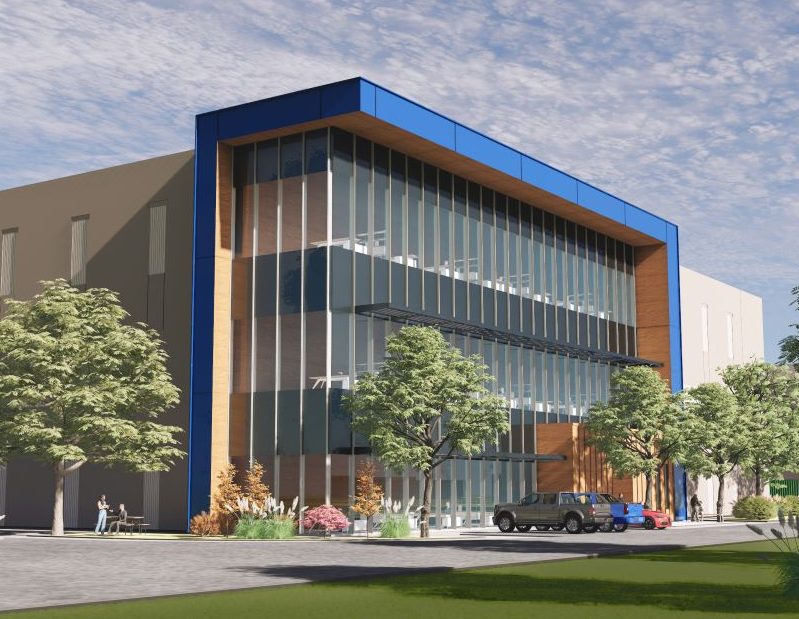
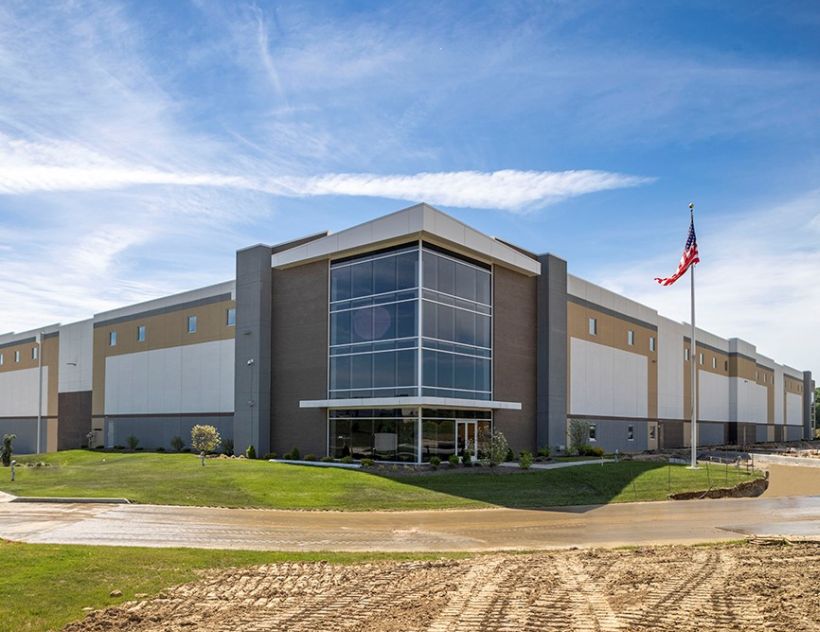
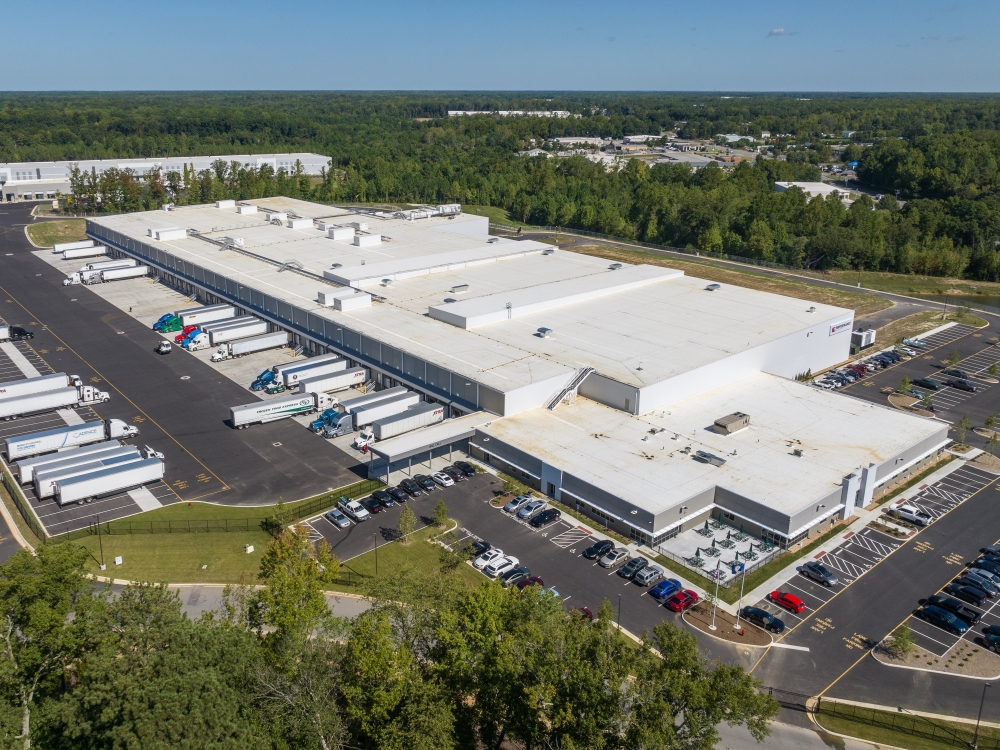

You must be logged in to post a comment.